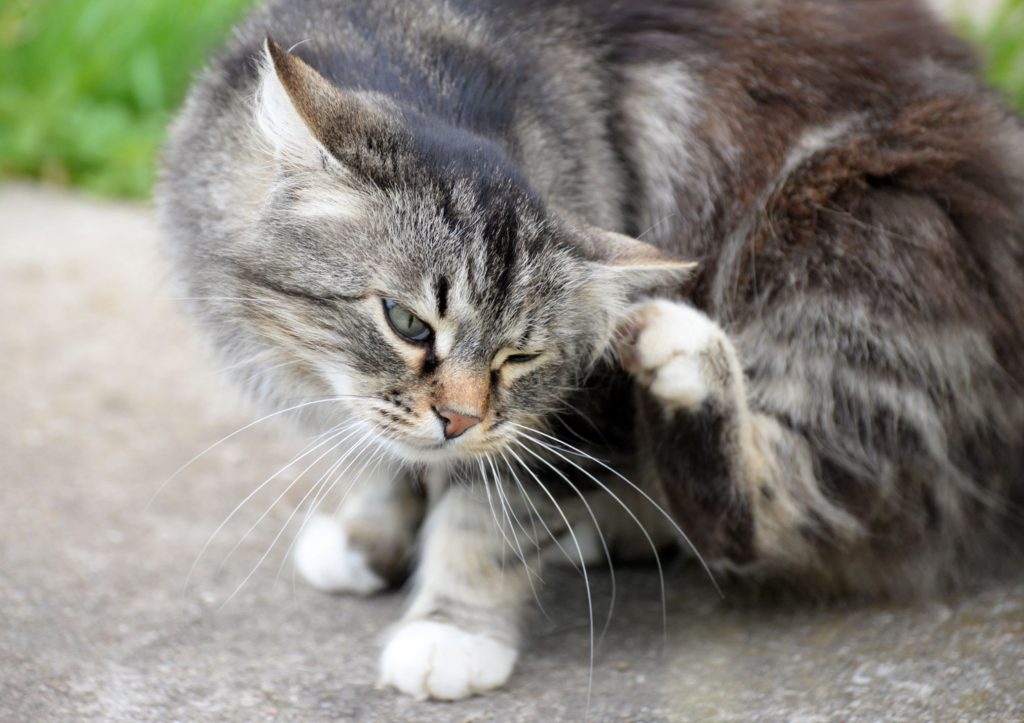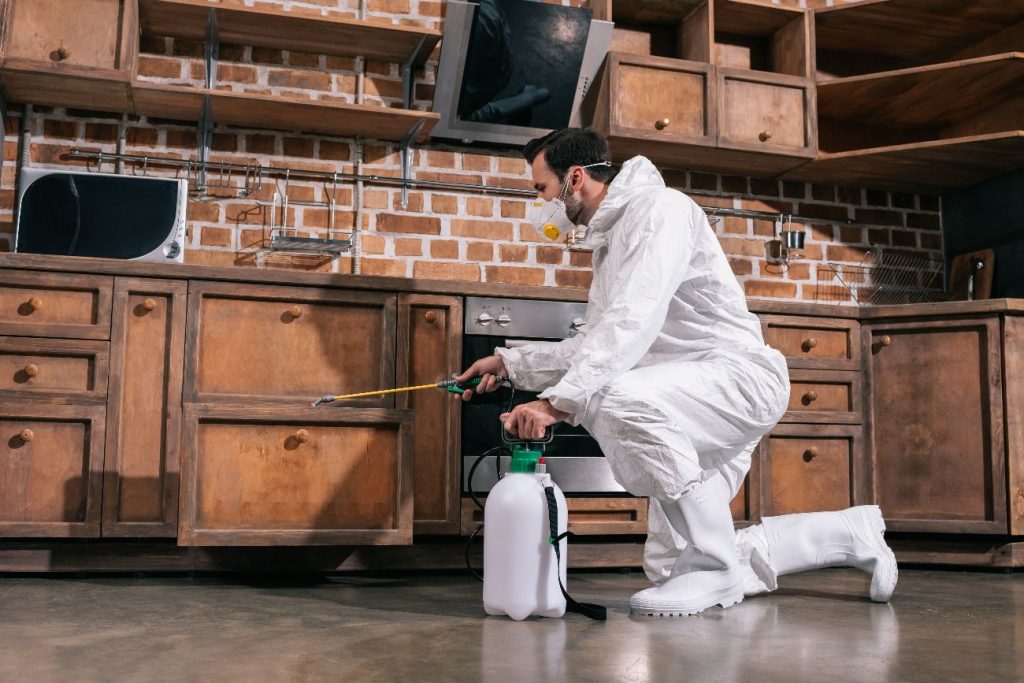Flea collars have gained popularity among cat owners as an alternative to oral treatments for flea prevention. These collars offer a convenient and long-lasting solution to protect feline companions from pesky parasites. Flea collars for cats provide continuous protection for up to eight months, making them a cost-effective and low-maintenance option compared to monthly oral treatments.
Cat owners appreciate the simplicity of using a flea collar for cats, as it eliminates the need for regular dosing schedules. The collar’s active ingredients are slowly released over time, creating a protective barrier against fleas and ticks. This method of delivery ensures consistent protection without the stress of administering pills or applying topical treatments.
While both flea collars and oral treatments have their merits, collars offer the added benefit of visible protection. Cat owners can easily check if the collar is in place, providing peace of mind that their pet is safeguarded against flea infestations. Additionally, some cats may be more accepting of wearing a collar compared to taking oral medication, making it a suitable choice for finicky felines.
Key Takeaways
- Flea collars provide long-lasting protection for cats without monthly dosing.
- Collars offer visible reassurance of ongoing flea prevention.
- Cat owners may find collars more convenient and stress-free compared to oral treatments.
Efficacy and Long-Term Benefits
Flea collars offer sustained protection against flea infestations in cats. They provide continuous release of active ingredients, targeting different stages of the flea life cycle for comprehensive control.
Comparison with Oral Treatments
Flea collars typically offer longer-lasting protection compared to oral treatments. While oral medications may require monthly administration, a single flea collar can provide protection for up to 8 months. This extended efficacy reduces the frequency of treatments, making it more convenient for cat owners.
Collars also offer consistent dosing, as the active ingredients are slowly released over time. In contrast, oral treatments may have peaks and troughs in their effectiveness between doses.
Flea collars are less likely to interact with other medications a cat may be taking, which can be an advantage for cats with health issues requiring multiple treatments.
Active Ingredients and Their Impact
Common active ingredients in flea collars include imidacloprid and flumethrin. These insecticides work synergistically to target fleas at various life stages.
- Imidacloprid: Disrupts flea nervous systems
- Flumethrin: Provides additional protection against ticks
The slow-release mechanism of collars ensures a steady supply of these active ingredients. This continuous presence helps prevent flea reinfestation and reduces the risk of resistance development.
Flea collars often combine multiple active ingredients, enhancing their overall efficacy against a broader spectrum of parasites.

Understanding Flea Life Cycle Control
Flea collars are designed to target multiple stages of the flea life cycle, providing comprehensive control. They not only kill adult fleas but also prevent eggs from hatching and larvae from developing.
By interrupting the flea life cycle at various points, collars help prevent reinfestation and reduce the overall flea population in the cat’s environment. This multi-stage approach is crucial for long-term flea control.
The continuous release of active ingredients ensures that newly emerging fleas are quickly eliminated before they can reproduce. This ongoing protection helps maintain a flea-free environment for cats over an extended period.
Convenience and Safety Considerations
Flea collars offer unique advantages in terms of convenience and safety for cat owners. These factors play a crucial role when comparing collars to oral treatments.
Ease of Use for Cat Owners
Flea collars are straightforward to apply and require minimal effort from cat owners. Simply unpack the collar, adjust it to fit snugly around the cat’s neck, and trim any excess length. Once in place, the collar provides continuous protection for several months. This set-and-forget approach appeals to busy pet owners who may struggle to remember monthly oral treatments.
Collars eliminate the need to wrestle with cats to administer pills or liquids. Many cats resist taking oral medications, making the process stressful for both the animal and owner. With a collar, there’s no need to hide pills in food or use pill pockets.
Some flea collars are water-resistant, allowing cats to bathe or go outdoors without compromising the treatment’s effectiveness.
Potential Side Effects and Allergies
While generally safe, flea collars can cause skin irritation or allergic reactions in some cats. Signs to watch for include redness, hair loss, or scratching around the collar area. If these occur, remove the collar immediately and consult a veterinarian.
Cats with sensitive skin may be more prone to reactions. In these cases, hypoallergenic or natural flea collars made with essential oils might be gentler alternatives.
Oral treatments can also cause side effects like vomiting or diarrhoea in some cats. However, these reactions tend to be less common than skin irritations from collars.
It’s crucial to choose collars specifically designed for cats, as dog flea products often contain ingredients toxic to felines.
Suitability for Different Lifestyles
Flea collars are particularly well-suited for outdoor cats who may be at higher risk of flea infestations. The constant protection helps prevent fleas from hitching a ride indoors.
For indoor cats, collars provide a long-lasting barrier against fleas that might enter the home on other pets or humans. This constant protection can be especially valuable in multi-pet households.
Collars may be preferable for cats who travel frequently or stay in boarding facilities, as they don’t require regular re-administration like oral treatments.
Some owners find collars more eco-friendly than disposable packaging from monthly oral treatments. However, it’s important to dispose of used collars properly to avoid environmental contamination.
Conclusion
Flea collars offer a convenient and long-lasting solution for cat owners seeking effective parasite protection. These devices provide continuous coverage against fleas for several months, reducing the need for frequent reapplications.
Compared to oral treatments, collars are often more cost-effective and eliminate concerns about proper dosing or ingestion. While both options have their merits, flea collars stand out for their ease of use and extended protection period.





